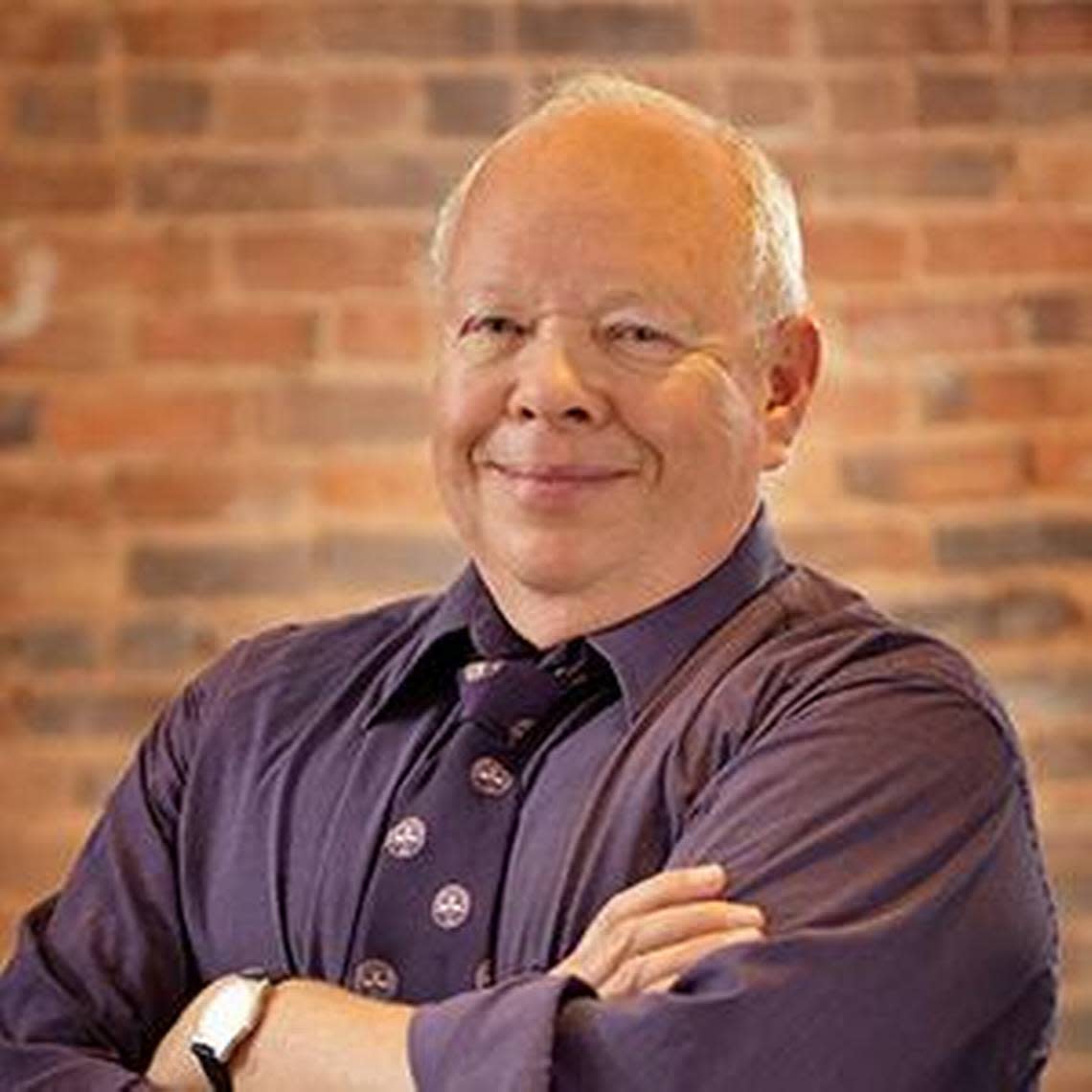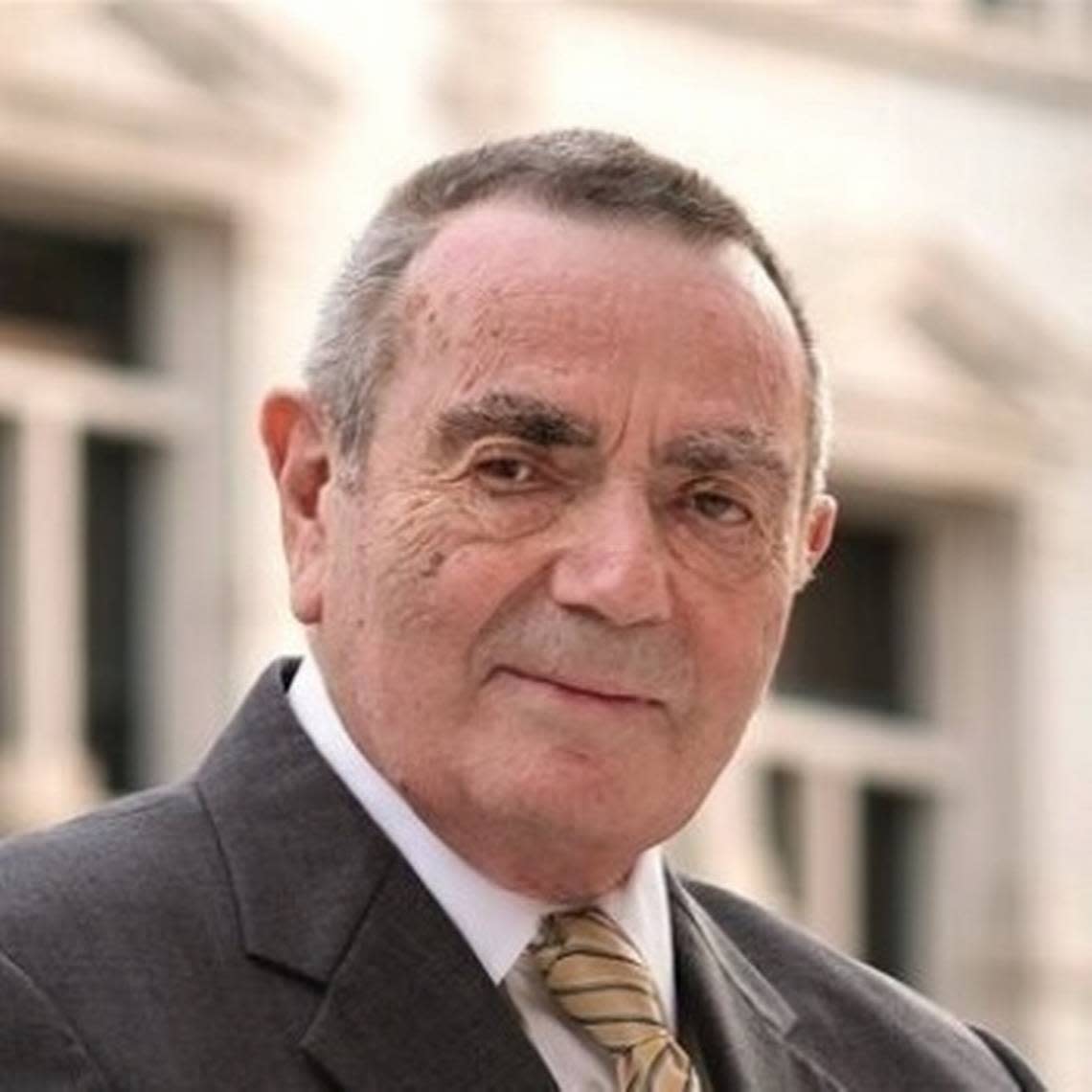Who else is to blame for these mass shootings? Don’t let the Supreme Court off the hook | Opinion
School children, college students, grocery shoppers, worshippers — the list of gun-violence victims is unending. There are enough tears and blame to go around, but do not overlook the Supreme Court’s role in stoking gun violence in this country.
In six cases since 1995, the Supreme Court has turned the Second Amendment from a protection of responsible gun use into a rallying cry for extremists and a free ticket to own assault weapons.
It wasn’t always this way.
The Constitution authorizes Congress to organize and arm a militia, and the Second Amendment backs that up by providing that “a well regulated militia being necessary to the security of a free state, the right of the people to keep and bear Arms shall not be infringed.”
For almost all our country’s history, courts understood that the amendment creates no personal right, only a right to bear arms in connection with state protection. As the unanimous Supreme Court said in United States v. Miller, a 1939 case involving a sawed-off shotgun, the “obvious purpose” of the Second Amendment was to assure the effectiveness of the militia, and the Amendment “must be interpreted and applied with that end in view.”
Reasonable regulation prevailed, even in the Wild West, where lawmen like Wyatt Earp used to make gun-toting cowboys check their firearms when they rode into town.
In the late 20th century, however, a new Supreme Court took a radical turn. Starting in 1995, a 5-4 majority suddenly threw out all or parts of three modest federal laws in five years: the Gun-Free School Zones Act in 1995; the Brady Handgun Violence Prevention Act in 1997 (that law was passed after President Reagan was shot and his press secretary, James Brady, disabled for life); and Violence Against Women Act in 2000.
The Supreme Court’s new tack energized gun zealots and the gun lobby. In this new landscape, gun extremism became a rallying cry, indeed, a crusade. If gun restraint had been difficult before, it became almost impossible by the early 2000s.
In 2008, the Supreme Court took the next step. In District of Columbia v. Heller, a 5-4 majority simply rewrote the Second Amendment — strong language, but inescapable. These justices announced that only the words in the second half of the amendment — “the right of the people to keep and bear arms shall not be infringed” — meant anything, while the first half — “A well-regulated militia being necessary to the security of a free state” —carefully crafted by James Madison and the other Founding Fathers, meant nothing at all. The first half of the Second Amendment, five justices said, was simply a “prologue,” and “prologues,” they said, don’t count. They repeated the word “prologue” 10 times.
Thus, the first dozen words of the Second Amendment just disappeared. Its guiding purpose — “the security of a free state” — also disappeared from the Supreme Court’s view.
These cases all dealt with federal law. But these justices — who say they favor states’ rights — soon applied their newfound constitutional theory to dismantling widely popular state gun laws, too. In 2010, in McDonald v. Chicago, the Supreme Court began throwing out gun laws passed by the states. Last summer, in New York Rifle Association v. Bruen, the majority, now 6-3, threw out a New York state law that had been on the books for nearly 150 years.
The dissenting opinion in that case cited gun-violence statistics, but Justice Samuel Alito complained that statistics were not relevant. Yet, statistics about rising gun violence show that the Second Amendment’s purpose — “the security of a free state” — is getting farther and farther away. A dozen states and hundreds of counties nationwide, calling themselves “Second Amendment Sanctuaries,” have resolved not to enforce any gun laws. Colorado’s red-flag law might have saved the five murder victims of a Colorado Springs nightclub shooting last fall had El Paso County enforced it.
Make no mistake; the Supreme Court’s 30-year string of ruling for guns, plus its invention of false doctrine — the “prologue” theory -- has endangered “the security of a free State” — just the opposite of the Second Amendment’s command. The Supreme Court has helped normalize the use, and misuse, of guns, bringing high-powered weapons from movie screens to our streets and schools and every public and private place where security, not danger, should abide.
But if Supreme Court justices think Second Amendment rights are so broad, why do they have a metal detector to keep guns out of the Supreme Court building?
Orville Vernon Burton and Armand Derfner are co-authors of “Justice Deferred: Race and the Supreme Court,” Belknap Press of Harvard University Press, 2021.


